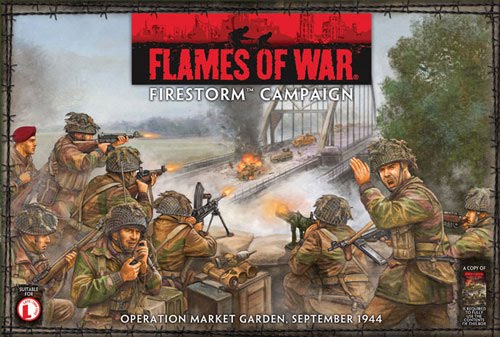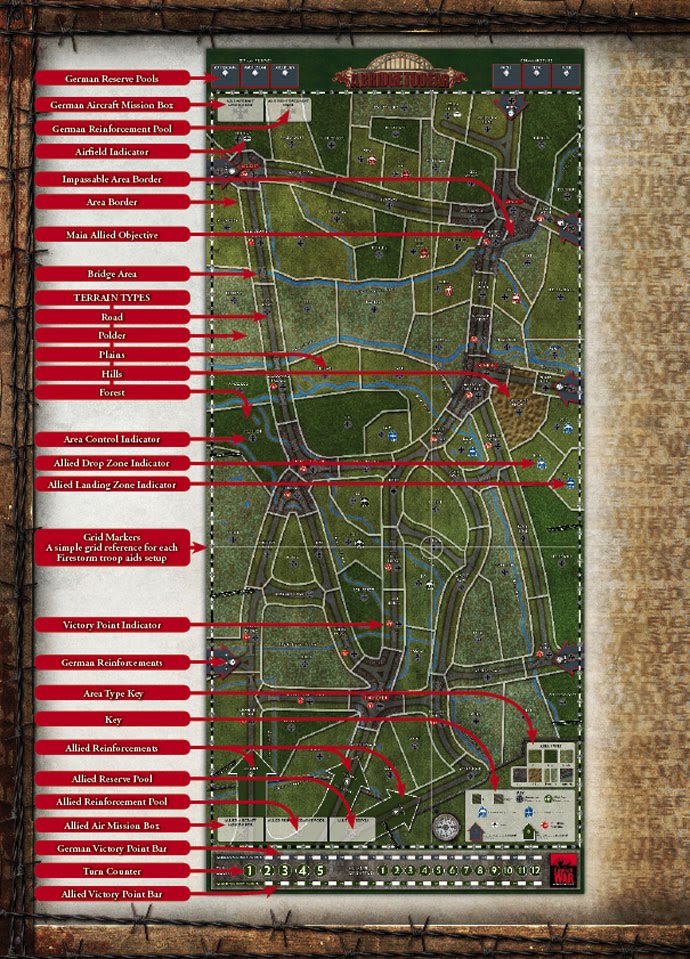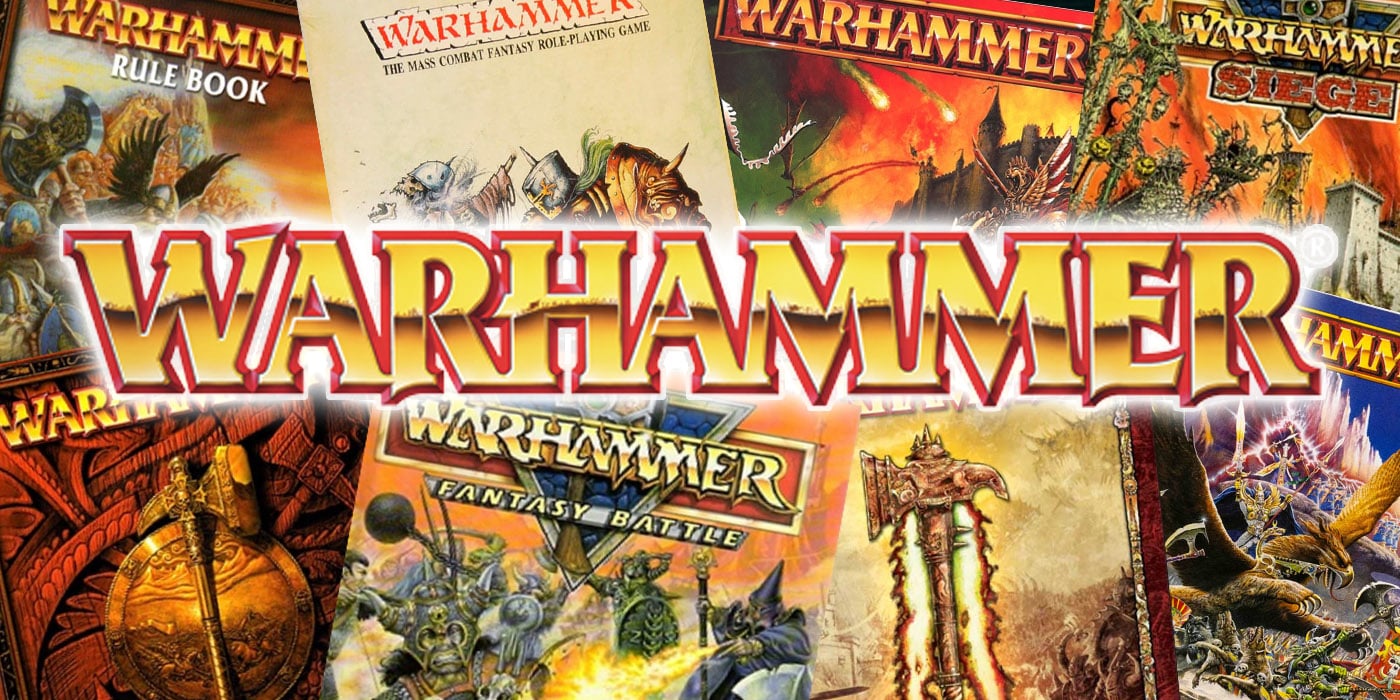FOW EDITORIAL: Firestorm Campaigns


Battlefront Miniatures publishes campaign sets collectively called “Firestorm” for use with Flames of War. But are they worth the money versus just doing it yourself?
The answer, in this writer’s opinion, is “hell yes”.
What Is Firestorm Exactly?
Firestorm campaigns are a different way to play Flames of War. The key is, it’s not very different. They overlay a strategic situation onto the random battles played by a miniature wargaming club. The strategic situation is affected by these battles, giving them greater meaning; it also affects them, presenting new tactical challenges.
That said, they require very little more effort to play than normal pickup games on the part of the players. The “Generals” (strategic leaders), one for each side, will need to be significantly more invested in the Firestorm rules.
Firestorm campaigns are broken up into turns, like a FoW game. Each turn, the Generals make their moves, give their orders and players play battles representing conflicts in different areas of the campaign map. At the end of the turn limit, the side with the most campaign victory points (determined differently depending on the campaign) has won, even if (for example) they lost most of the battles!
Why Play Firestorm?
In this writer’s opinion, the best reason to play a Firestorm campaign is to give your club’s games some context. Bragging rights after winning a game can last a week. Bragging rights after winning a tournament can last months. Bragging rights after winning a Firestorm campaign usually last until the end of the next one! It gives players a feeling of involvement, of belonging, of healthy competition; it is a shared experience that everyone will remember participating in. It is exciting (and motivating) to know that your battle is not being fought for “the city table”, but rather for Minsk, which all your friends are counting on you to hold! It also turns FoW into a team endeavor in a very fun way.
Even if you don’t really care about the context of your battles, Firestorm is nice for changing up how the battles work a little bit. Extra troops for you or your opponent (or both), including units you may not regularly use, can make games a new experience. Additionally, Firestorm campaigns are frequently used to introduce new missions (Bagration introduced No Retreat and River Crossing; Market-Garden had Breakout and Hasty Attack). The mission generators seem to make heavy use of these new missions, so if you use the chart, chances are between the new troops, the new missions, and strange consequences of being Out of Supply, you’ll be uniquely tactically challenged.
Lastly, history buffs will be pleased at the opportunities Firestorm offers to refight historically significant engagements using appropriate troops.
Why Not Play Firestorm?
Cost is one good reason not to play Firestorm. You can afford the Combat and Weapons platoons of an infantry company for the cost of a Firestorm box, and if you just want to give your campaign games some context, Do-It-Yourself narrative tree campaigns work great – if someone in your club is willing to do the work, and everyone can agree on his rules.
Another not so good but still common reason is fairness. Now, the campaigns are very well balanced to allow both sides to win on the victory points, but sometimes that doesn’t feel very much like winning! For instance, the Germans will spend almost any Bagration campaign losing ground every turn – it’s just a matter of how much they lose, and where. The Soviets will constantly have more Firestorm troops than they do. In my opinion, this sort of “damn the odds” situation makes games more exciting; however, some players can’t deal with iniquity in the tactical game. Players of both sides are sometimes miffed when High Command drops the ball and they have to play against 1700 enemy points with 1200 of theirs, for example. “I can’t win”, they might claim; while this is of course untrue, if you have to talk someone into playing a game, chances are they aren’t having much fun.
Time is a good reason. Firestorm campaigns have been played in a single day, but afterwards everyone will be exhausted after even a short four-turn campaign. It’s much better if you can spread the event out over two days, at least – weeks or months work well too. If you’re considering an eight-hour Saturday bash, a multiplayer scenario or three-round tournament may be a better bet.
Firestorm seems massive. Do I need lots of players or minis?
Nope. If you’re short a few players, allow them to choose which battles they will fight, and then resolve other battles using the rules provided with each campaign for quick resolution using dice. In the most extreme cases Firestorm can be played between only two players, using random resolution for all but the most important 1-2 battles each turn!
Proxied miniatures are also encouraged; BF knows we don’t all own the 80 squillion Sextons required for the Market Garden campaign, for example.
Is a Firestorm campaign going to take months to play?
Nope. A Firestorm turn can be two weeks long, but it can also be two hours. A minimum turn length would be one the length of one FoW game. Currently extant campaigns are 4-6 turns.
Why am I not playing in one right now?
Good question!
Have you played in a Firestorm campaign? If so, did you enjoy it? Let us know your impressions of the system (and/or this article), and don’t pull any punches. People cocky enough to write editorials deserve everything they get =)







